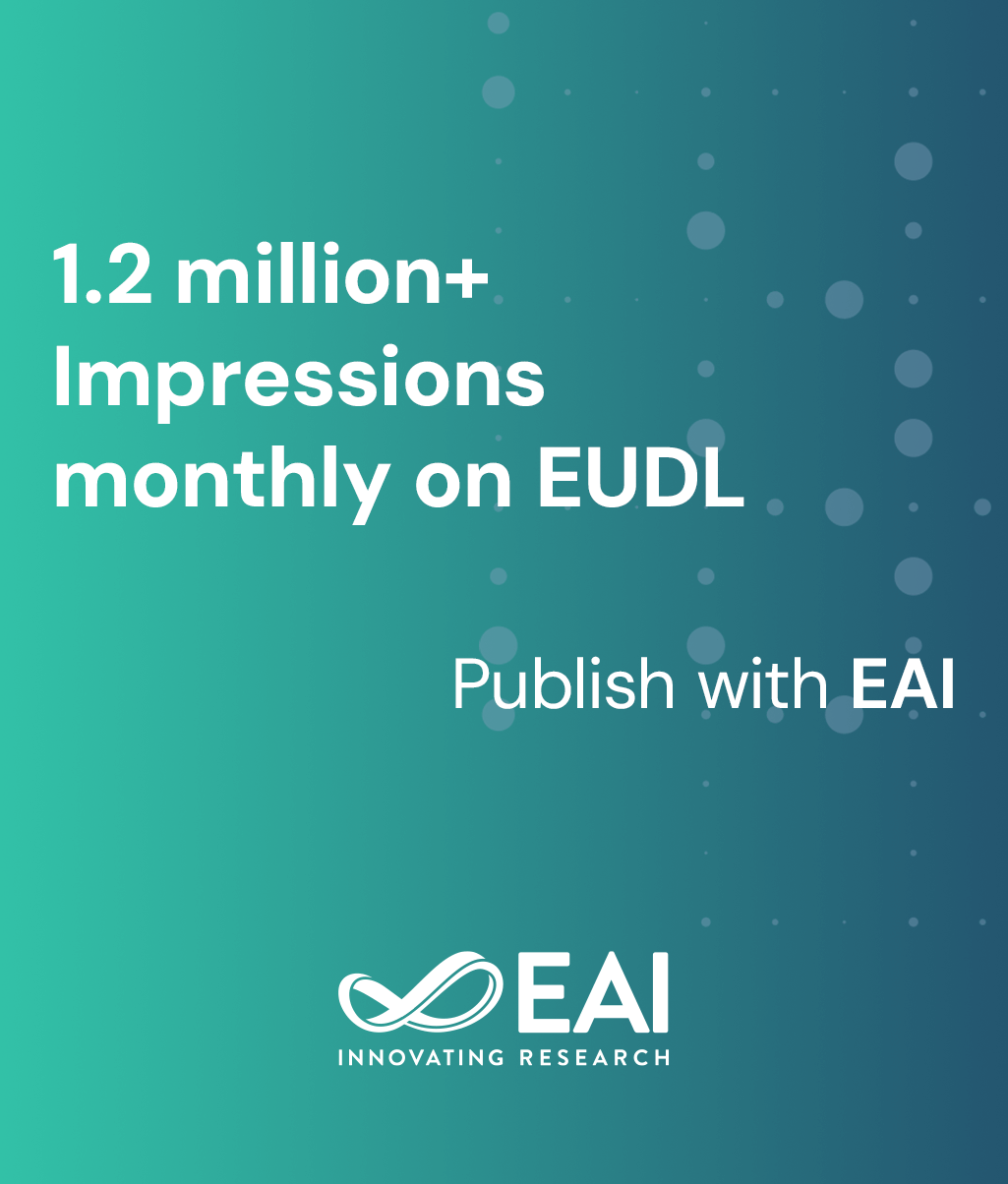
Research Article
Improved Spectral Efficiency and Connectivity in RSMA based 5G V2X Systems
@ARTICLE{10.4108/ew.v9i6.3143, author={Houda Chihi and Ghazanfar Ali Safdar and Mohammed Bahja}, title={Improved Spectral Efficiency and Connectivity in RSMA based 5G V2X Systems}, journal={EAI Endorsed Transactions on Energy Web}, volume={9}, number={6}, publisher={EAI}, journal_a={EW}, year={2022}, month={9}, keywords={Rate Splitting, Multiple Access, V2X, Spectral Efficiency, RSMA, Connectivity}, doi={10.4108/ew.v9i6.3143} }- Houda Chihi
Ghazanfar Ali Safdar
Mohammed Bahja
Year: 2022
Improved Spectral Efficiency and Connectivity in RSMA based 5G V2X Systems
EW
EAI
DOI: 10.4108/ew.v9i6.3143
Abstract
Vehicle to everything (V2X) faces several challenges including high data rate, low latency and stable connectivity requirements. Due to increased number of connected vehicles, Interference too appears to be a serious issue in V2X systems. Consequently, careful selection of multiple access techniques can lead to improved interference mitigation together with higher spectral efficiency and data rate. Vehicle mobility with growing traffic density is a demanding task that affects probability of vehicle connectivity, thereby resulting into requirement of sustained vehicle linkage for ongoing traffic safety. In this regard, our paper employs Rate Splitting Multiple Access (RSMA) technique, which considers change of both channel strength and direction for improved interference mitigation leading towards enhanced spectral efficiency. RSMA is optimized for weighted sum rate, further; it is integrated with mobility management to demonstrate sustained connectivity in the presence of increased traffic density. Presented results have been found promising, both in terms of spectral efficiency and stable connectivity. RSMA 5G V2X outperformed at higher Signal to noise ratio (SNR) values and on average achieved 25% better spectral efficiency compared to Non Orthogonal Multiple Access (NOMA) technique.
Copyright © 2022 Chihi et al., licensed to EAI. This is an open access article distributed under the terms of the CC BY-NC-SA 4.0, which permits copying, redistributing, remixing, transformation, and building upon the material in any medium so long as the original work is properly cited.


